iPad displays clearly lag behind their competition. But this is not a surprising fact, because even iPhones took significantly longer than Android competitors, which switched to OLED displays from LCD earlier. Since we are currently expecting the introduction of new iPads, one of their novelties should be a shift in the quality of the display.
The most interesting thing will surely happen with the top-of-the-line iPad Pro, as the iPad Air will remain on LCD technology due to its price reduction. In the past, there has been a lot of talk about how much the Pro series will grow precisely because it is finally going to get OLED. The smaller 11" model has the Liquid Retina display specification, which is just a fancy name for a Multi‑Touch display with LED backlighting and IPS technology. The larger 12,9" model uses Liquid Retina XDR, i.e. a Multi-Touch display with mini-LED backlighting and IPS technology (for the 5th and 6th generations).
With Apple's Liquid Retina XDR specifically he says: It was designed to meet incredibly high standards. This display provides extreme dynamic range with high contrast and high brightness. It offers extremely clear highlights along with fine details in the darkest parts of the image from HDR video formats such as Dolby Vision, HDR10 or HLG. It has an IPS LCD panel supporting a resolution of 2732 x 2048 pixels, a total of 5,6 million pixels with 264 pixels per inch.
It could be interest you
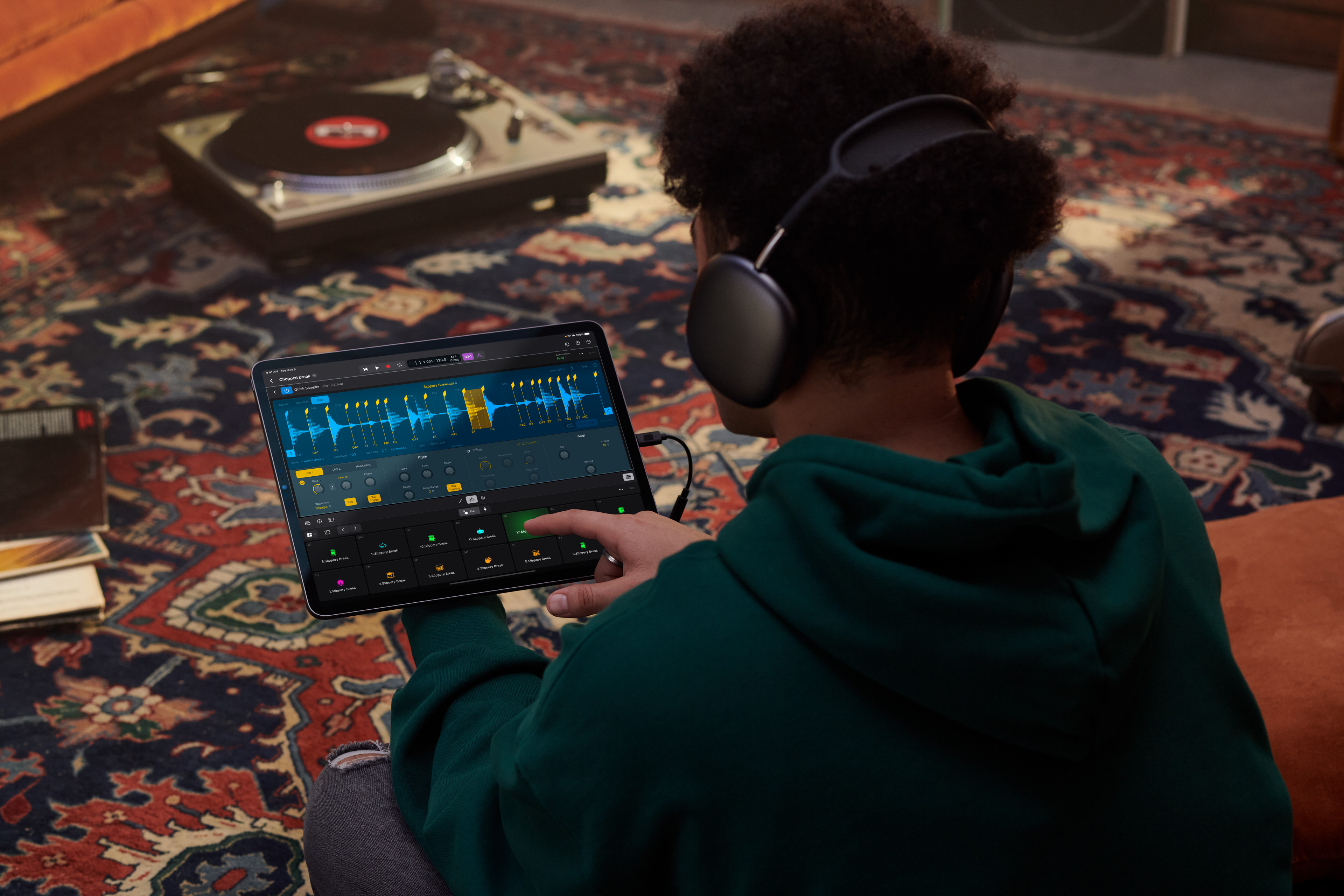
Achieving extreme dynamic range required a completely new display architecture on the iPad Pro. The then-brand new 2D mini-LED backlight system with individually controlled local dimming zones was Apple's best choice for delivering the extremely high brightness and full-screen contrast ratio and off-axis color accuracy that creative professionals depend on for their workflows.
But mini-LED is still a type of LCD that just uses very small blue LEDs as its backlight. Compared to LEDs on a regular LCD display, mini-LEDs have better brightness, contrast ratio and other improved features. So, since it has the same structure as an LCD, it still uses its own backlight, but it still has the limitations of a non-emissive display.
It could be interest you
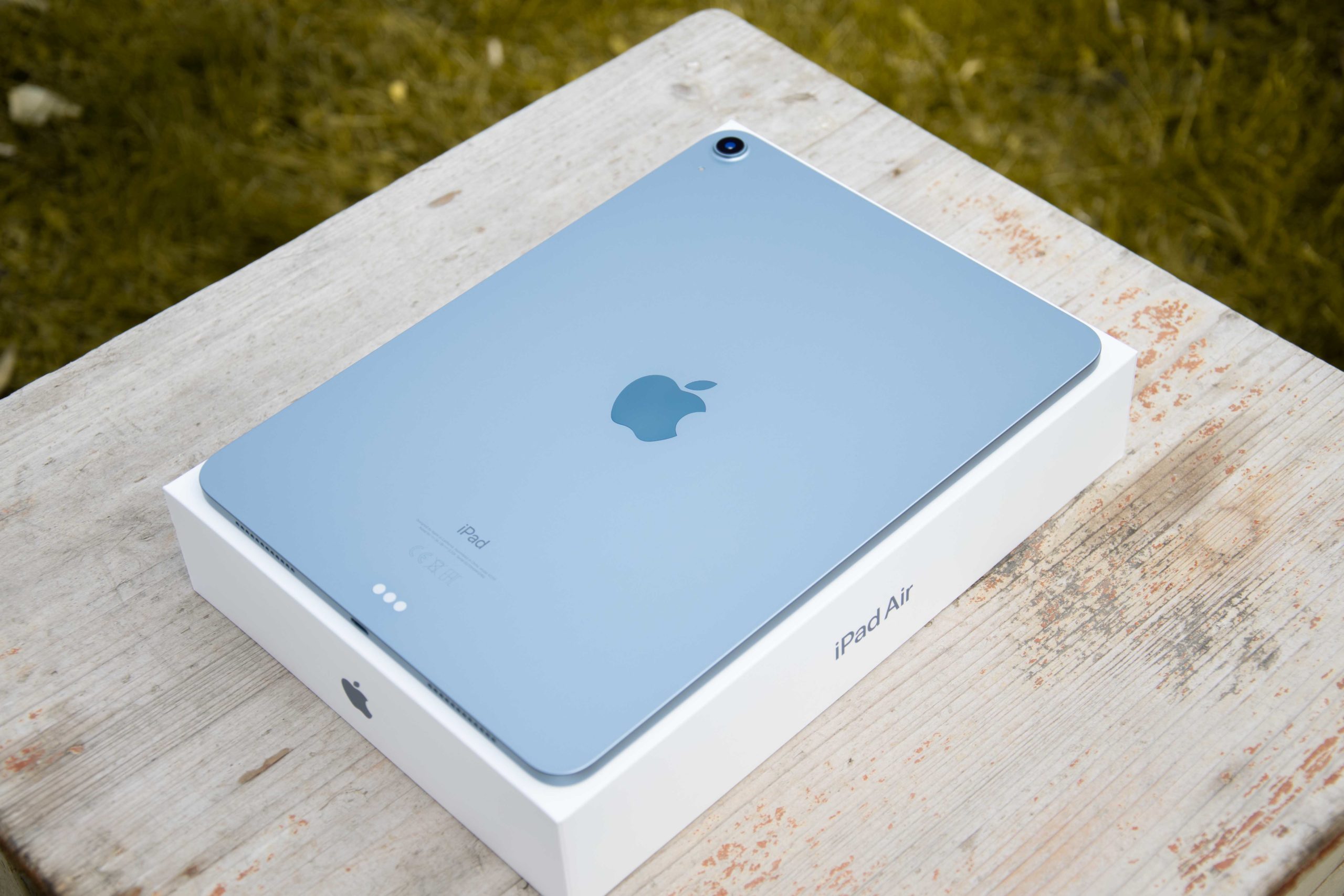
OLED vs. Mini LEDs
OLED has a larger light source than Mini LED, where it independently controls the light to produce beautiful colors and perfect blacks. Meanwhile, the mini-LED controls the light at the block level, so it can't express really complex colors. So, unlike mini-LED, which has the limitation of being a non-emissive display, OLED displays 100% perfect color accuracy and provides accurate colors as they should actually appear.
The reflection rate of the OLED display is then less than 1%, so it provides a clear image in any setting. Mini-LED uses a blue LED as a light source, which emits 7-80% of harmful blue light. OLED reduces this by half, so it leads in this respect as well. Since the mini-LED also requires its own backlight, it is usually composed of up to 25% plastic. OLED does not need a backlight, and typically such displays require the use of less than 5% plastic, which makes this technology a more environmentally friendly solution.
It could be interest you
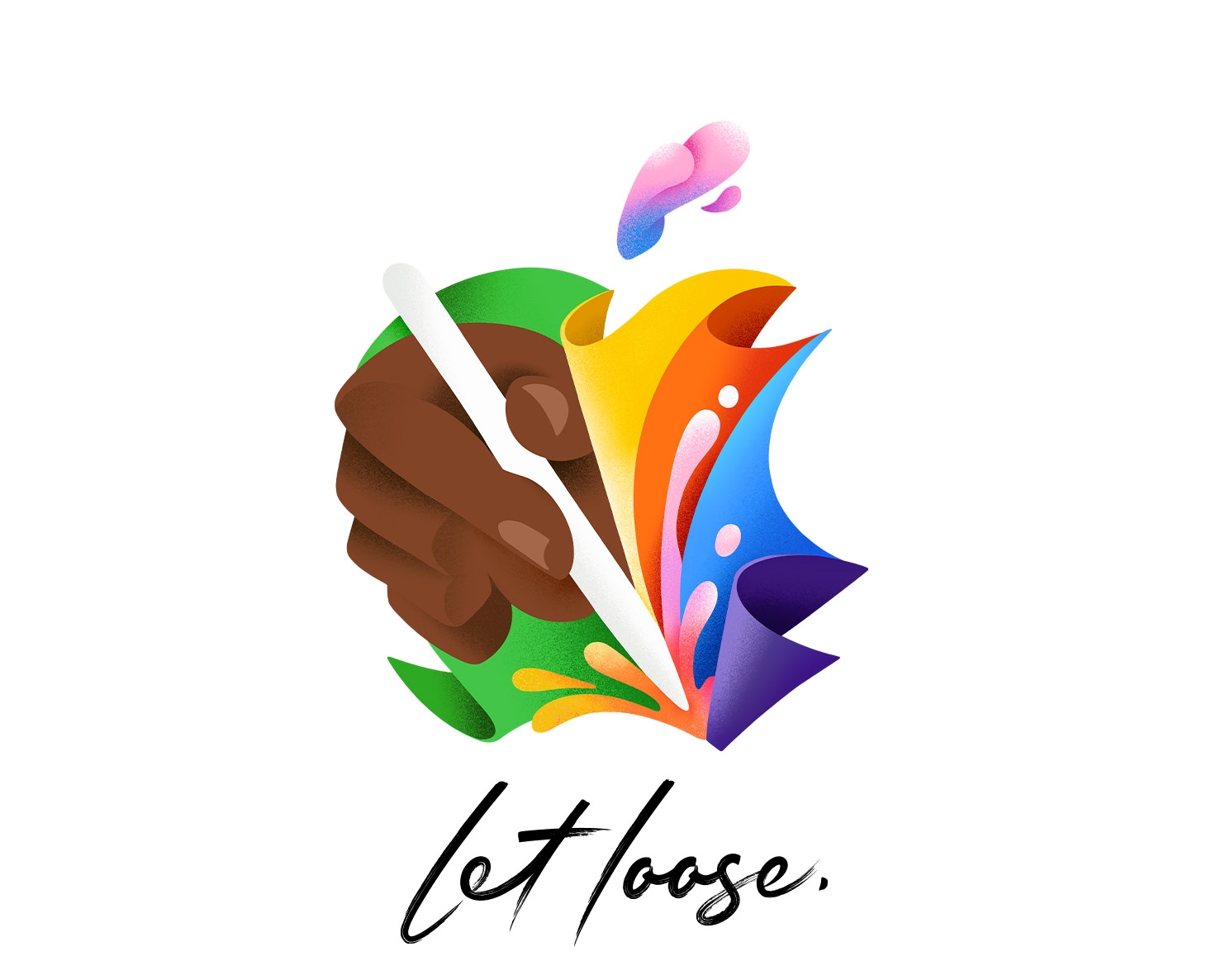
Simply put, OLED is clearly the better option in every way. But its use is also more expensive, which is why Apple also waited to deploy it on such a large surface as the iPads. We still have to think that money comes first here and Apple has to make money from us, which is perhaps the difference compared to Samsung, which is not afraid to put OLED, for example, in such a Galaxy Tab S9 Ultra with a 14,6" display diagonal, which is still cheaper than the current 12,9" iPad Pro with mini LED.

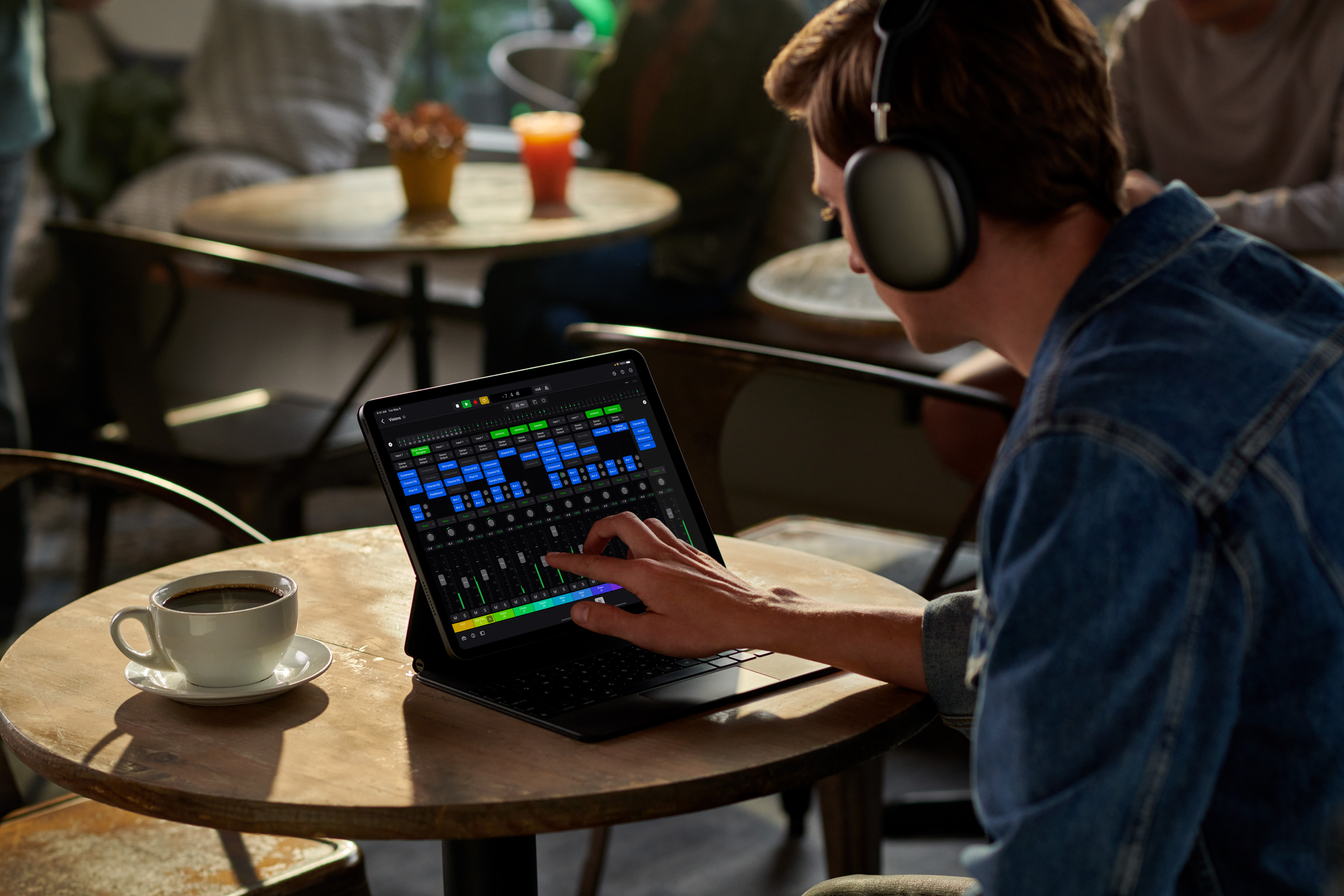

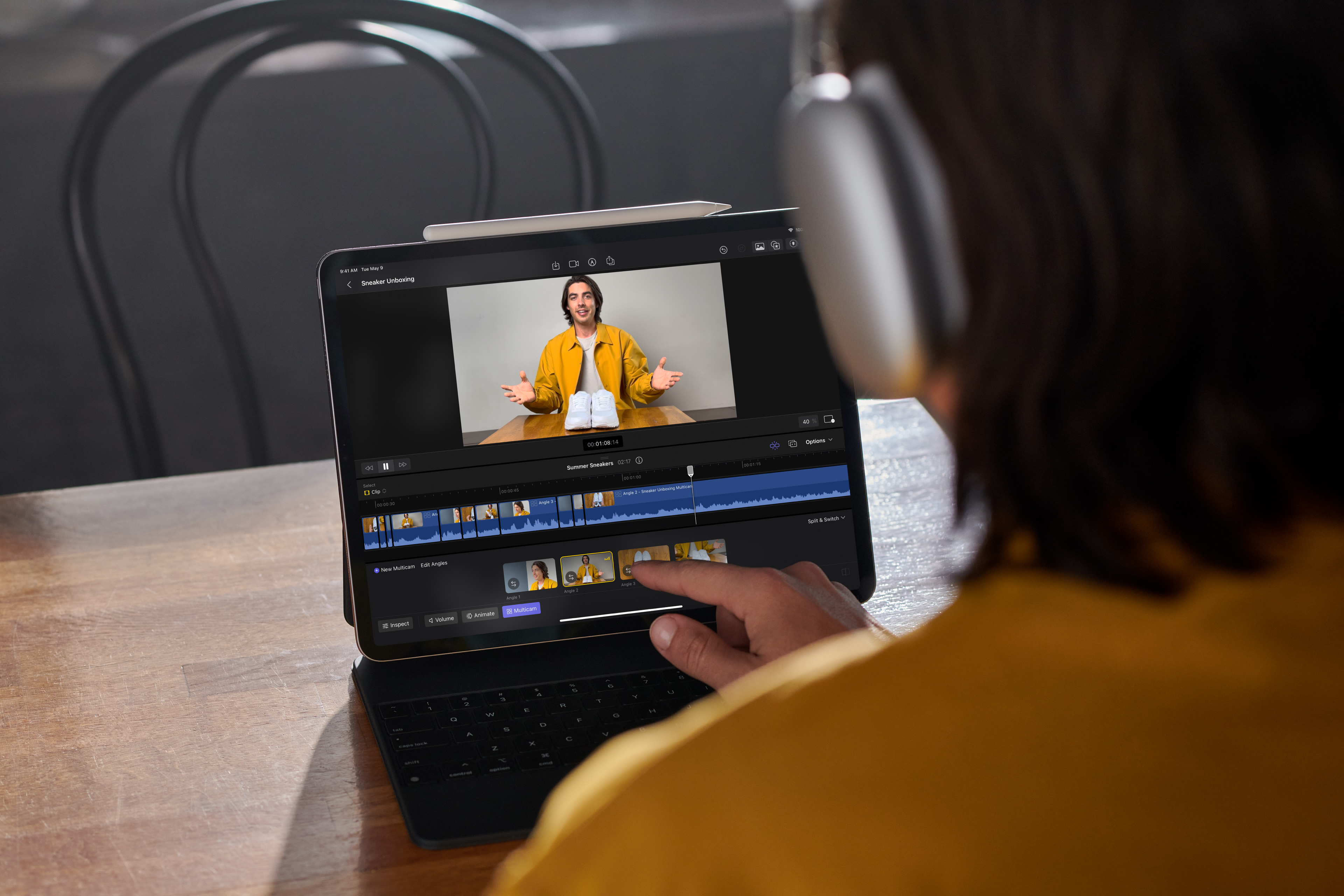
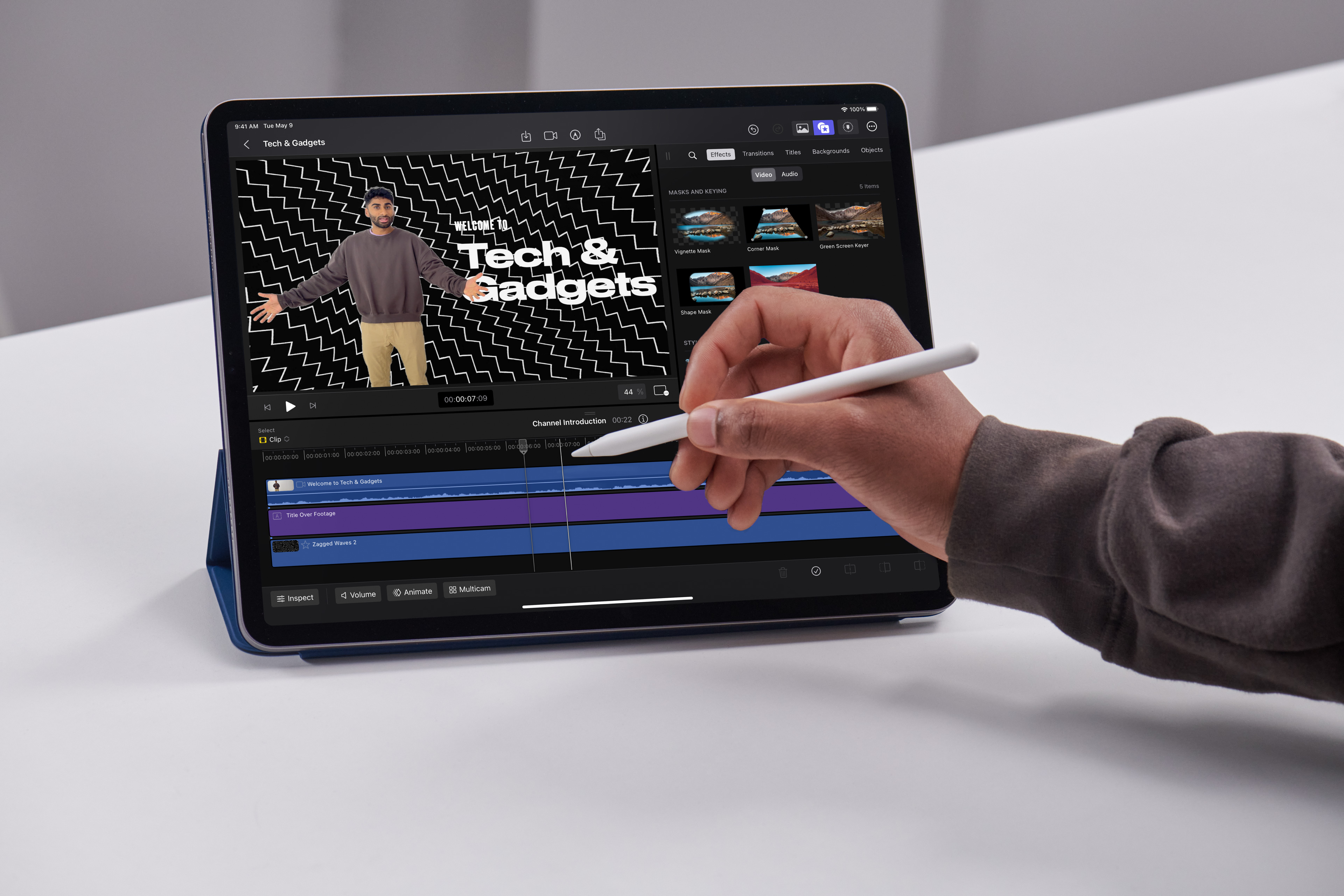
 Adam Kos
Adam Kos 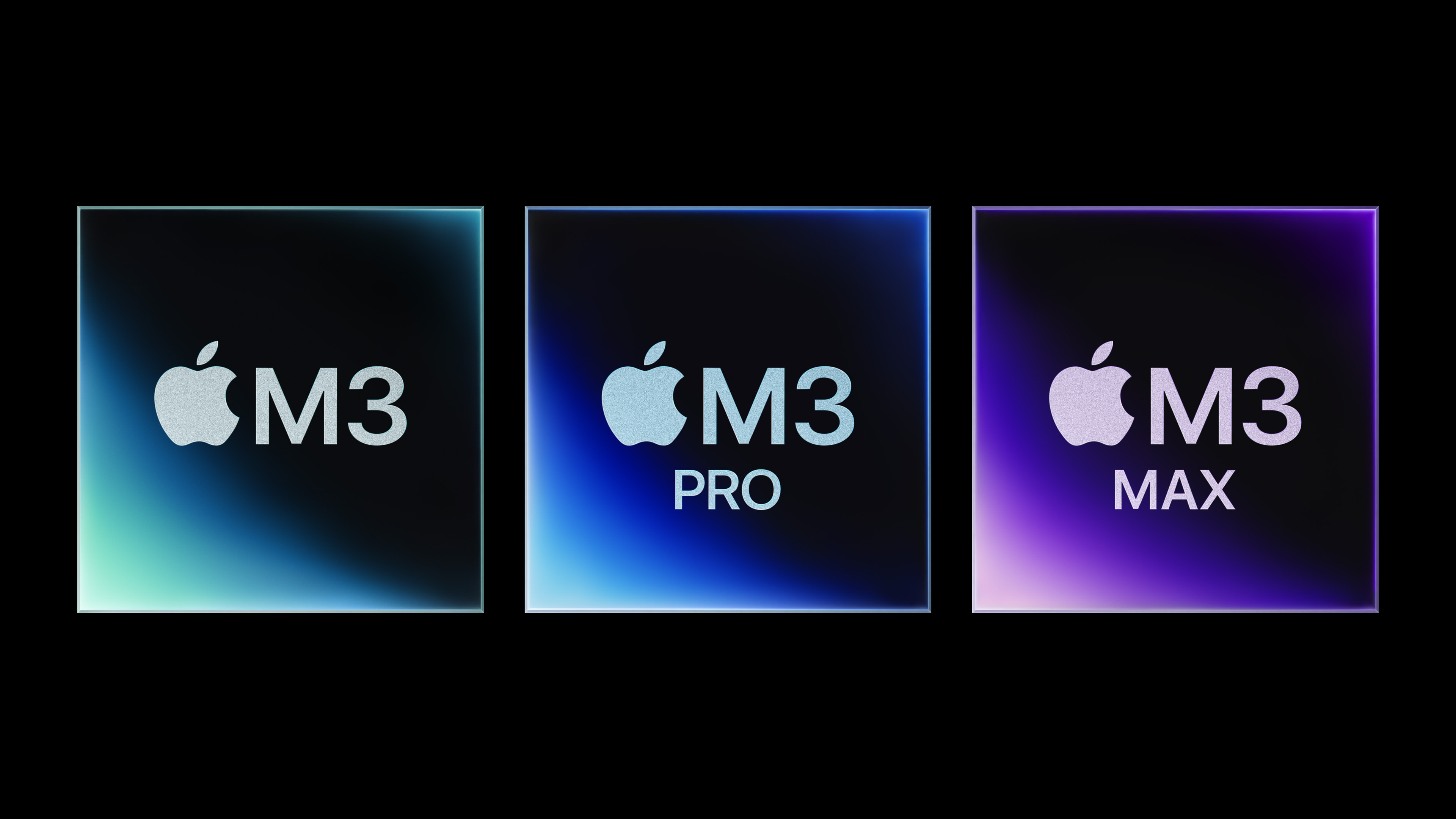
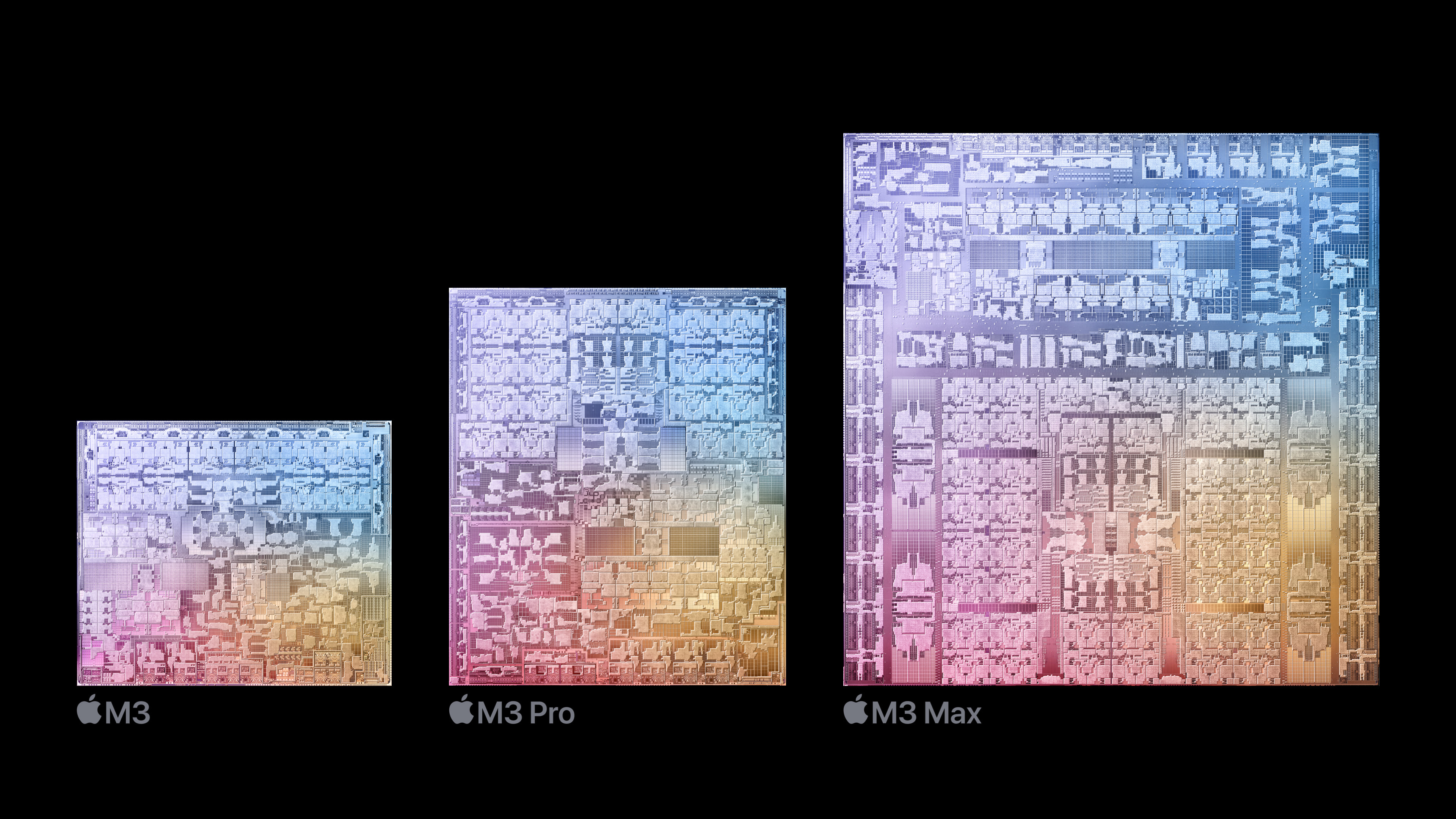

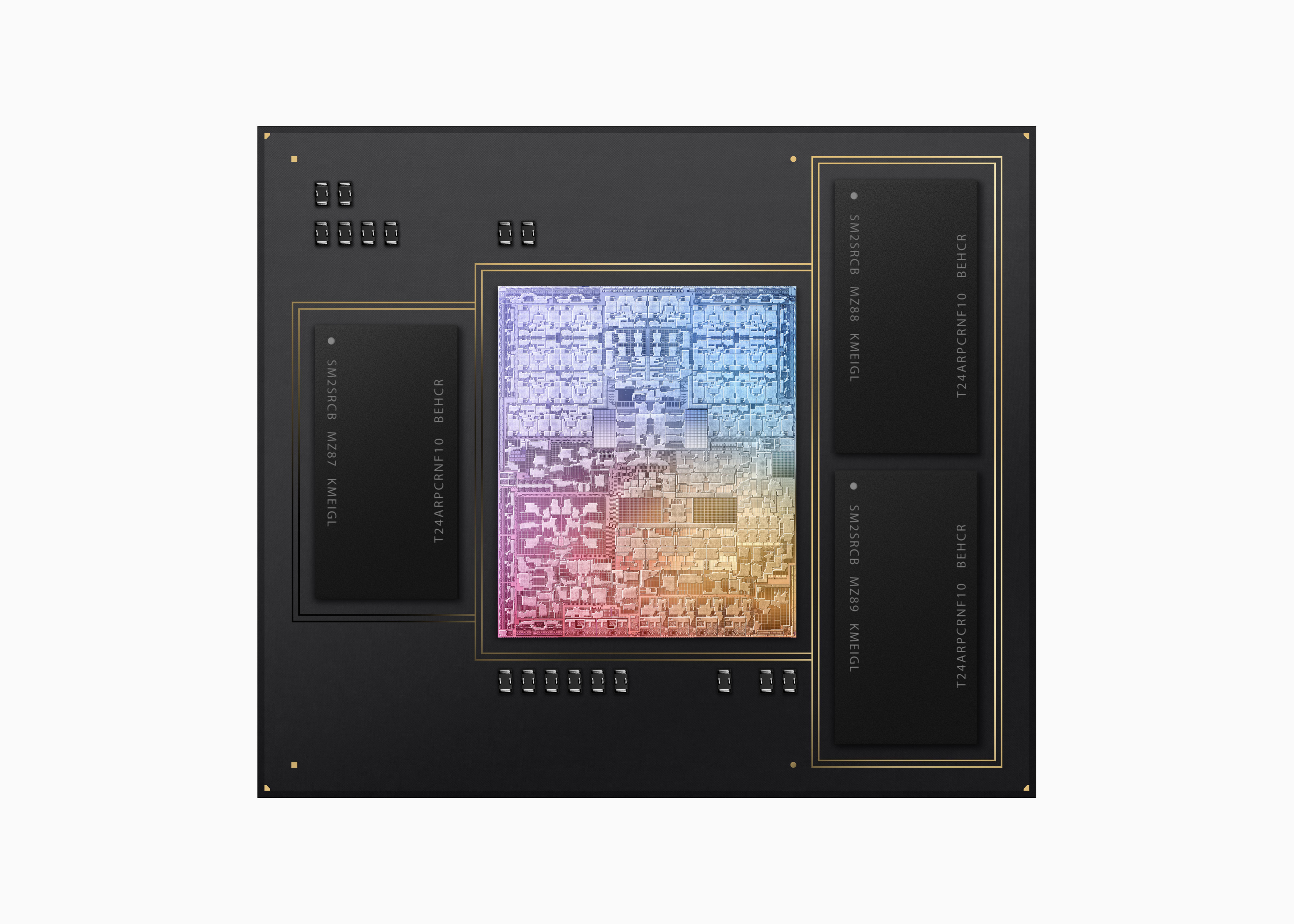
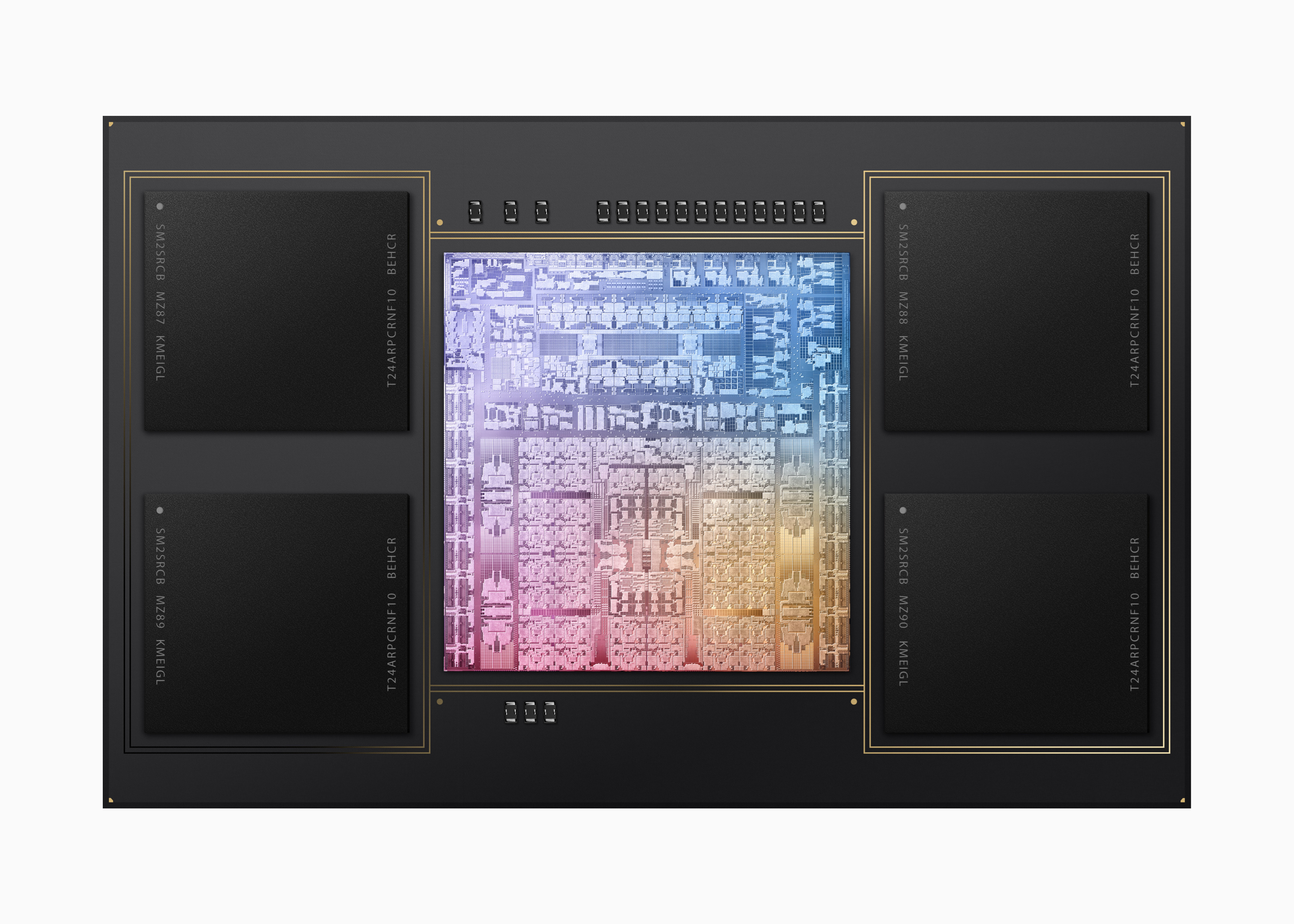
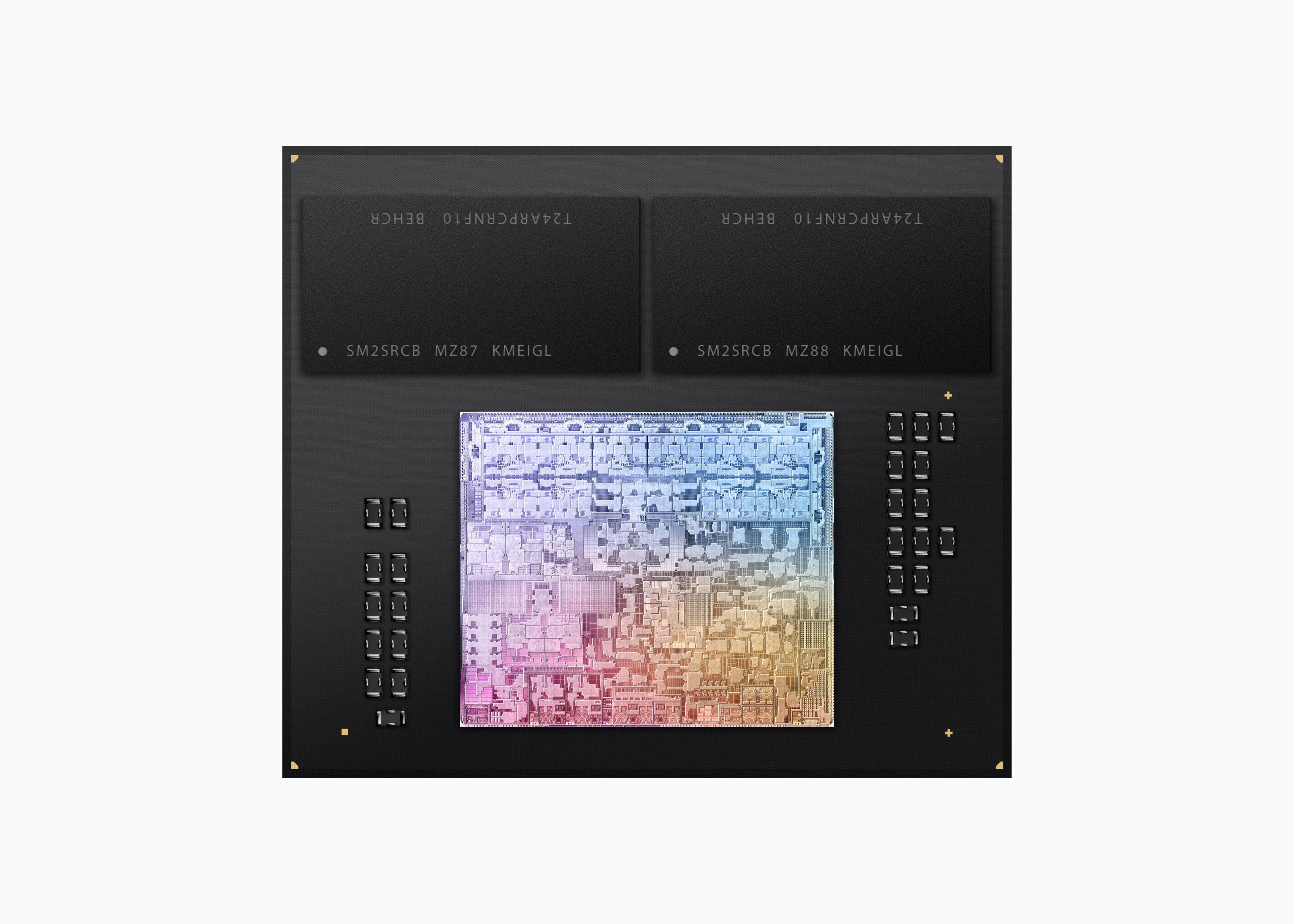


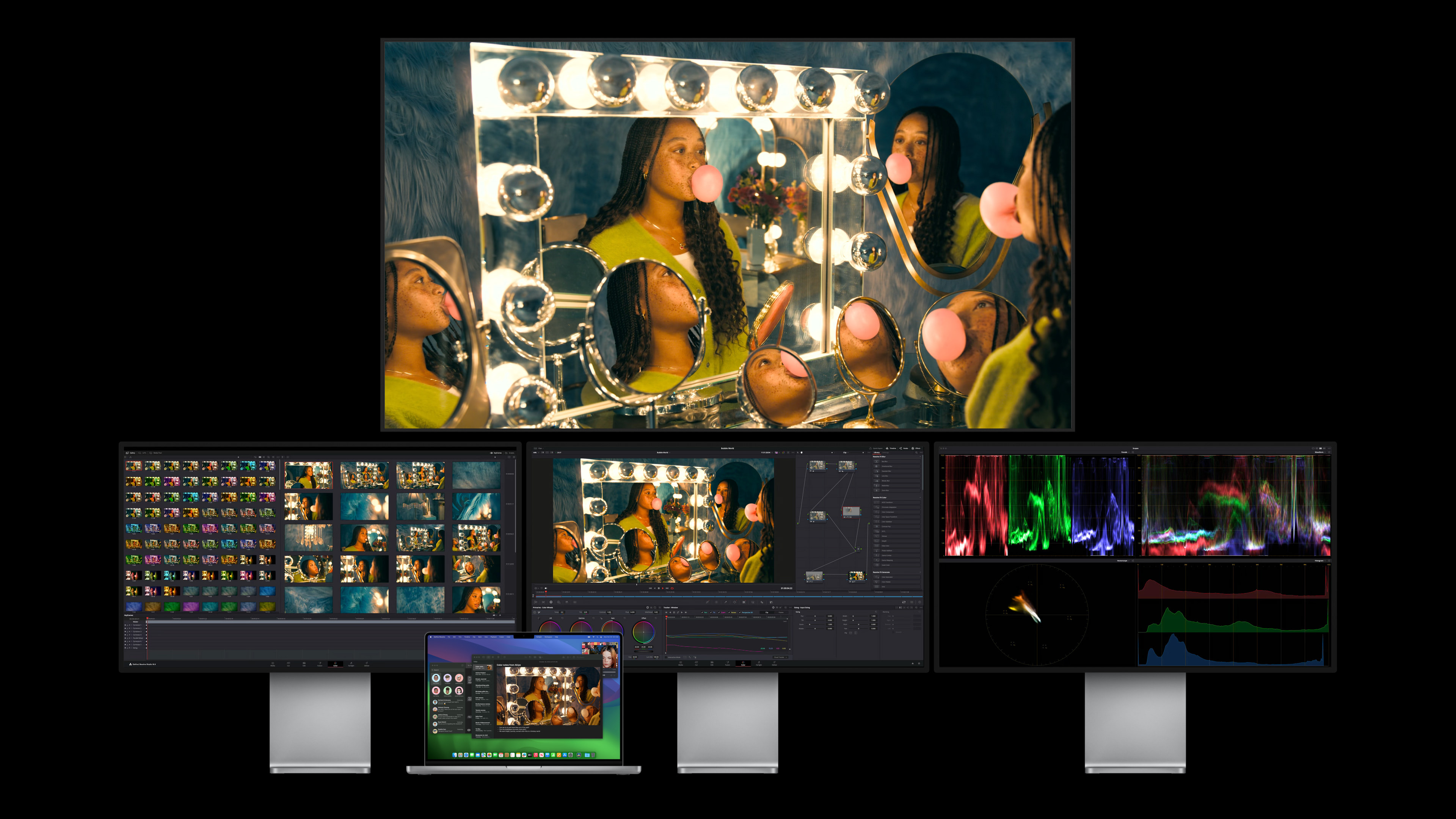

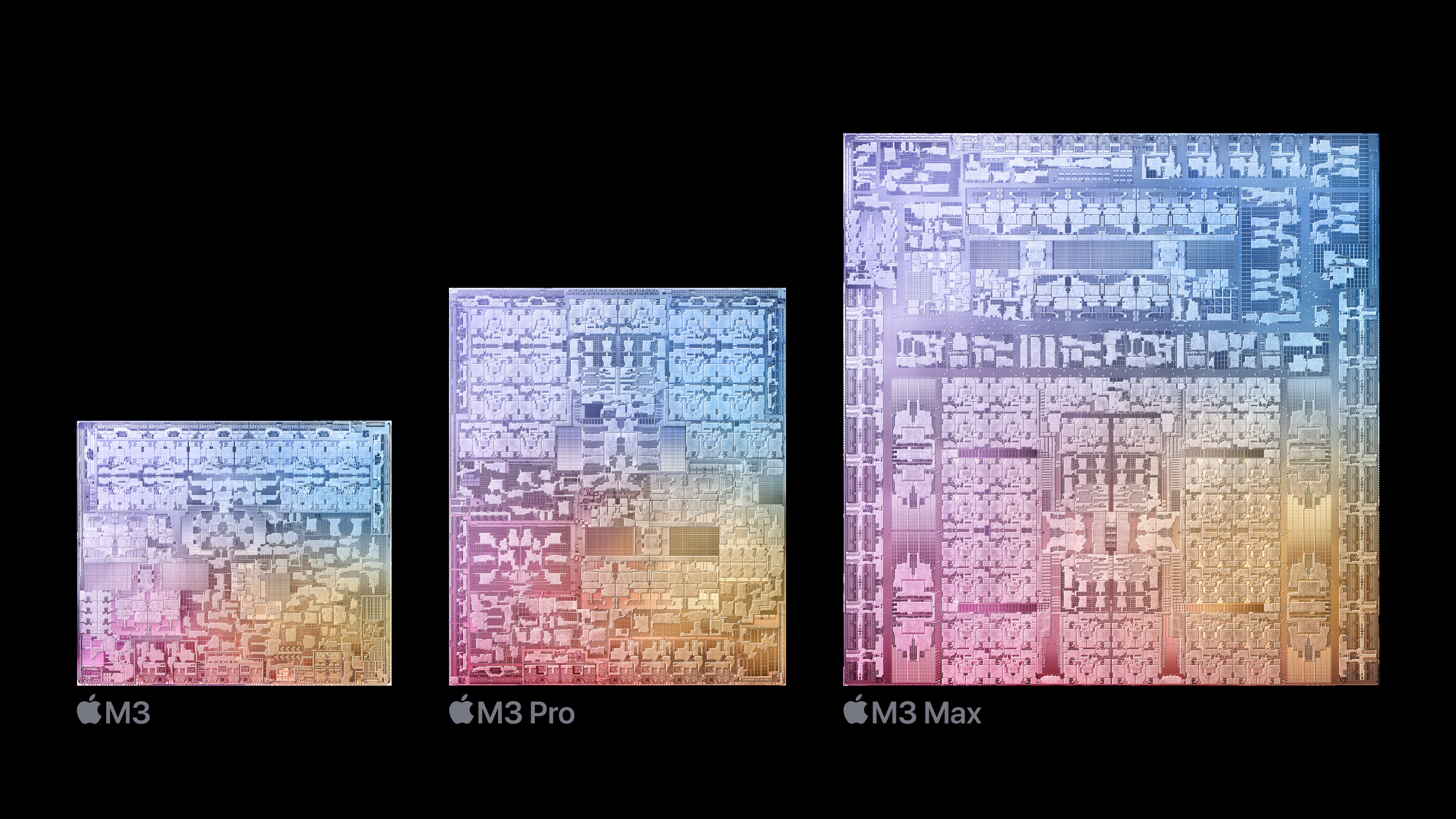
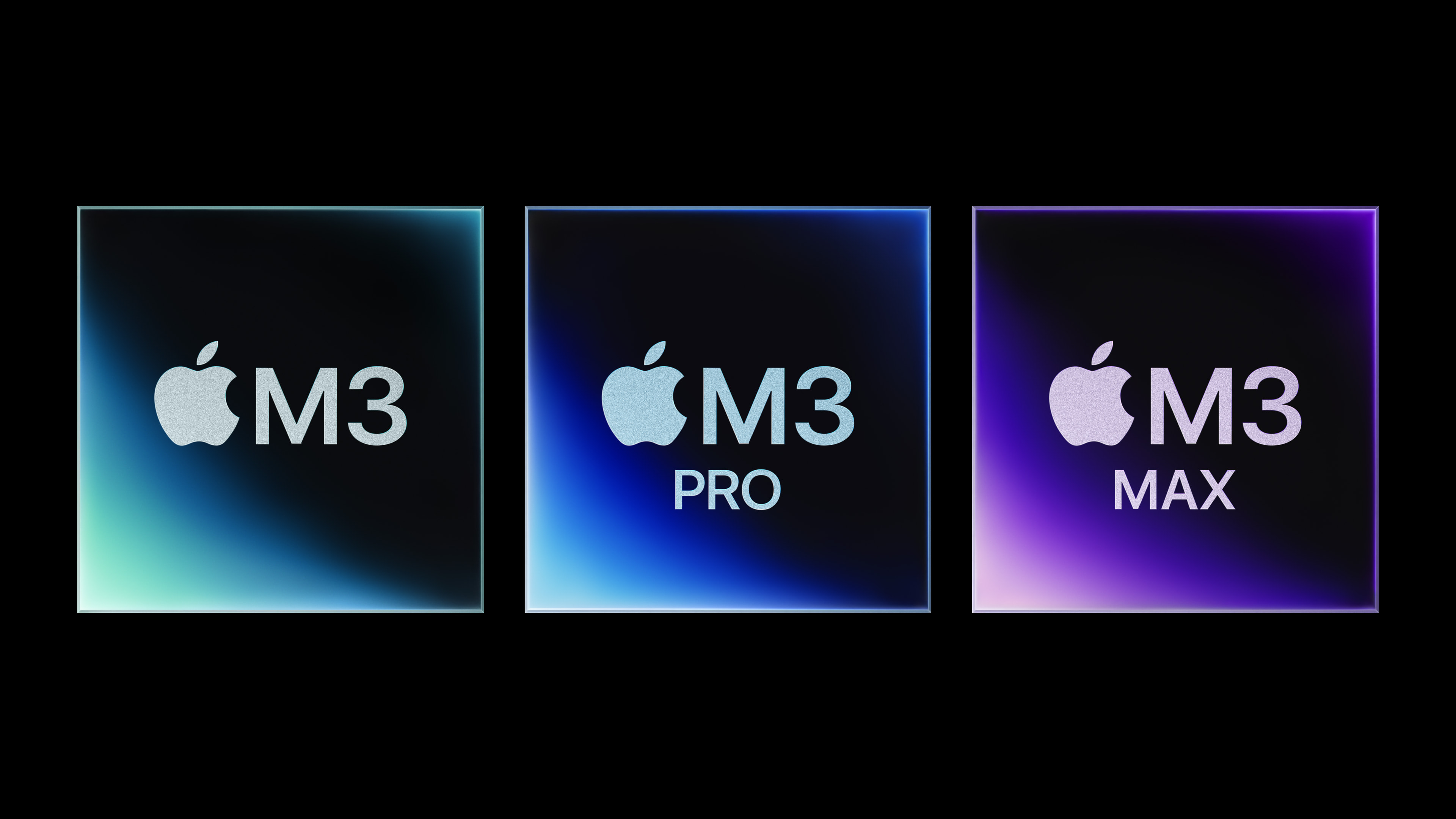
I would be afraid to buy an OLED because of weeds, other mobile phones have problems with it every year (even if it is getting better) ... and I buy Samsung for 12-24 months, while when Apple leaves my drive in 36, I am disappointed, I expect 48+ ...